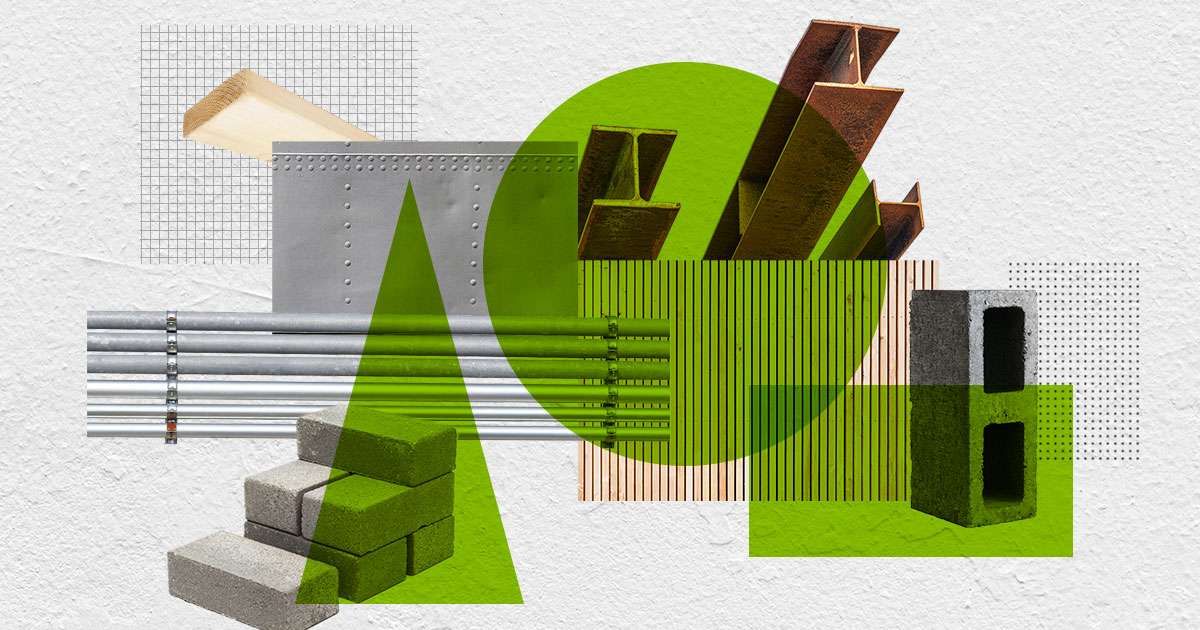Imagine a world where the mighty Tyrannosaurus Rex, the apex predator of the Cretaceous period, roamed freely, leaving behind not only fossilized bones but also, hypothetically, a unique legacy of building materials. The sheer scale and power of these creatures, if harnessed in some fantastical way, could revolutionize construction. Forget steel and concrete; picture structures built from bio-engineered, T Rex-derived composites, offering unparalleled strength and perhaps even self-healing properties. This might sound like science fiction, but exploring the possibilities of “T Rex building materials” allows us to think outside the box about sustainable and innovative construction methods, even if only in a thought experiment.
While we can’t ethically (or realistically!) harvest T Rex bones for building, let’s explore the theoretical potential of their skeletal structure. Fossilized bone, even after millions of years, retains a remarkable degree of structural integrity. Imagine replicating the density and composition of T Rex bone through advanced bio-engineering. What properties would this hypothetical material possess?
- Unmatched Strength-to-Weight Ratio: T Rex bones were designed to withstand immense forces. Replicating this could lead to lighter yet stronger building components.
- Natural Insulation: The porous structure of bone could potentially provide excellent insulation, reducing energy consumption.
- Bio-Compatibility: If derived from organic sources (in our hypothetical scenario), the material could be more environmentally friendly and biodegradable.
The T Rex’s physical prowess extended beyond its bones. Its hide, muscles, and even digestive system could inspire novel building materials.
Imagine a bio-engineered “T Rex hide” membrane, incredibly durable and resistant to weathering. This could be used as a protective layer for buildings, shielding them from extreme temperatures, UV radiation, and even impacts.
The powerful muscles of the T Rex could inspire new types of reinforcing fibers for concrete or composite materials. These fibers could provide exceptional tensile strength, making structures more resistant to earthquakes and other natural disasters.
Of course, the concept of “T Rex building materials” faces immense challenges:
- Ethical Concerns: Sourcing materials from extinct animals is obviously impossible and ethically reprehensible.
- Technological Limitations: Replicating the complex biological structures of a T Rex is far beyond our current capabilities.
- Scalability: Even if we could create such materials, producing them on a large scale would be incredibly difficult and expensive.
While directly using T Rex remains for construction is a fantastical notion, the underlying principles of biomimicry – drawing inspiration from nature to solve engineering problems – are very real. By studying the unique adaptations of extinct creatures like the T Rex, we can gain valuable insights into designing more sustainable, resilient, and innovative building materials for the future. As we continue to innovate, the possibilities for construction are truly limitless, and perhaps, in some small way, we can thank the mighty T Rex for sparking our imagination and pushing the boundaries of what’s possible.
Imagine a world where the mighty Tyrannosaurus Rex, the apex predator of the Cretaceous period, roamed freely, leaving behind not only fossilized bones but also, hypothetically, a unique legacy of building materials. The sheer scale and power of these creatures, if harnessed in some fantastical way, could revolutionize construction. Forget steel and concrete; picture structures built from bio-engineered, T Rex-derived composites, offering unparalleled strength and perhaps even self-healing properties. This might sound like science fiction, but exploring the possibilities of “T Rex building materials” allows us to think outside the box about sustainable and innovative construction methods, even if only in a thought experiment.
Unearthing the Potential: T Rex Bone as a Construction Base
While we can’t ethically (or realistically!) harvest T Rex bones for building, let’s explore the theoretical potential of their skeletal structure. Fossilized bone, even after millions of years, retains a remarkable degree of structural integrity. Imagine replicating the density and composition of T Rex bone through advanced bio-engineering. What properties would this hypothetical material possess?
- Unmatched Strength-to-Weight Ratio: T Rex bones were designed to withstand immense forces. Replicating this could lead to lighter yet stronger building components.
- Natural Insulation: The porous structure of bone could potentially provide excellent insulation, reducing energy consumption.
- Bio-Compatibility: If derived from organic sources (in our hypothetical scenario), the material could be more environmentally friendly and biodegradable.
Beyond Bone: Exploring Alternative T Rex-Inspired Materials
The T Rex’s physical prowess extended beyond its bones. Its hide, muscles, and even digestive system could inspire novel building materials.
T Rex Hide as a Protective Layer
Imagine a bio-engineered “T Rex hide” membrane, incredibly durable and resistant to weathering. This could be used as a protective layer for buildings, shielding them from extreme temperatures, UV radiation, and even impacts.
T Rex Muscle Fiber for Reinforced Structures
The powerful muscles of the T Rex could inspire new types of reinforcing fibers for concrete or composite materials. These fibers could provide exceptional tensile strength, making structures more resistant to earthquakes and other natural disasters.
Challenges and Considerations
Of course, the concept of “T Rex building materials” faces immense challenges:
- Ethical Concerns: Sourcing materials from extinct animals is obviously impossible and ethically reprehensible.
- Technological Limitations: Replicating the complex biological structures of a T Rex is far beyond our current capabilities.
- Scalability: Even if we could create such materials, producing them on a large scale would be incredibly difficult and expensive.
The Future of Construction: Inspired by the Past
While directly using T Rex remains for construction is a fantastical notion, the underlying principles of biomimicry – drawing inspiration from nature to solve engineering problems – are very real. By studying the unique adaptations of extinct creatures like the T Rex, we can gain valuable insights into designing more sustainable, resilient, and innovative building materials for the future. As we continue to innovate, the possibilities for construction are truly limitless, and perhaps, in some small way, we can thank the mighty T Rex for sparking our imagination and pushing the boundaries of what’s possible.
Okay, so I admit, I got a little carried away with the theoreticals. But the thought of it stuck with me, and I had to try something. I mean, I couldn’t exactly bio-engineer T Rex bone in my garage (believe me, I checked the hardware store – they didn’t have it). So, I decided to focus on the biomimicry aspect. I decided to try and create a concrete mixture inspired by the structure of bone, not the actual material.
My DIY “Dino-Crete” Experiment
I started researching the microscopic structure of bone. It’s essentially a network of tiny, interconnected canals. I figured if I could replicate that porosity in concrete, maybe I could improve its strength and reduce its weight. I consulted with my friend, Amelia, a materials science enthusiast (she’s obsessed with graphene, go figure), and we hatched a plan.
Here’s what I did:
- The Mix: I used a standard concrete mix as my base.
- The Porosity Agent: This is where it got interesting. I experimented with several things, from adding tiny air bubbles using a foaming agent (didn’t work so well, too unstable) to incorporating fine particles of volcanic ash (better, but still not ideal). Finally, I settled on using a mixture of perlite and vermiculite, both lightweight and porous materials used in gardening.
- The Process: I carefully mixed the perlite/vermiculite into the concrete, ensuring it was evenly distributed. I poured the mixture into molds and let it cure. I made several samples, each with a different ratio of perlite/vermiculite.
The Results (and the Failures)
Honestly, the results were mixed (pun intended!). Some of the “Dino-Crete” samples crumbled easily – too much porosity, I guessed. Others were surprisingly strong. I even managed to create one sample that was significantly lighter than regular concrete, but still retained a decent amount of compressive strength. I tested the compressive strength of the different mixes with a home made press and various weights. It was a trial and error process, but the final results were promising.
The most interesting thing was the surface texture. The perlite and vermiculite created a slightly rough, almost organic-looking finish. It wasn’t exactly T Rex hide, but it did have a certain prehistoric charm. From this experiment, I can say that the concept of bio-inspired materials is viable, even when working with standard materials.
What I Learned From My Prehistoric Adventure
This whole experience, from the initial wild idea to the messy concrete experiments, taught me a lot. It reinforced the importance of biomimicry as a source of innovation. It also showed me that even seemingly impossible ideas can spark creativity and lead to unexpected discoveries. And, most importantly, it made me appreciate the ingenuity of nature, even the terrifying ingenuity of a T Rex. While I didn’t create the ultimate T Rex-inspired building material, I did take a small step towards a future where construction is more sustainable, resilient, and perhaps, a little bit more…dinosaur-like. I believe that the exploration of T Rex building materials, even in a theoretical or experimental sense, can unlock new possibilities for the future of construction.


